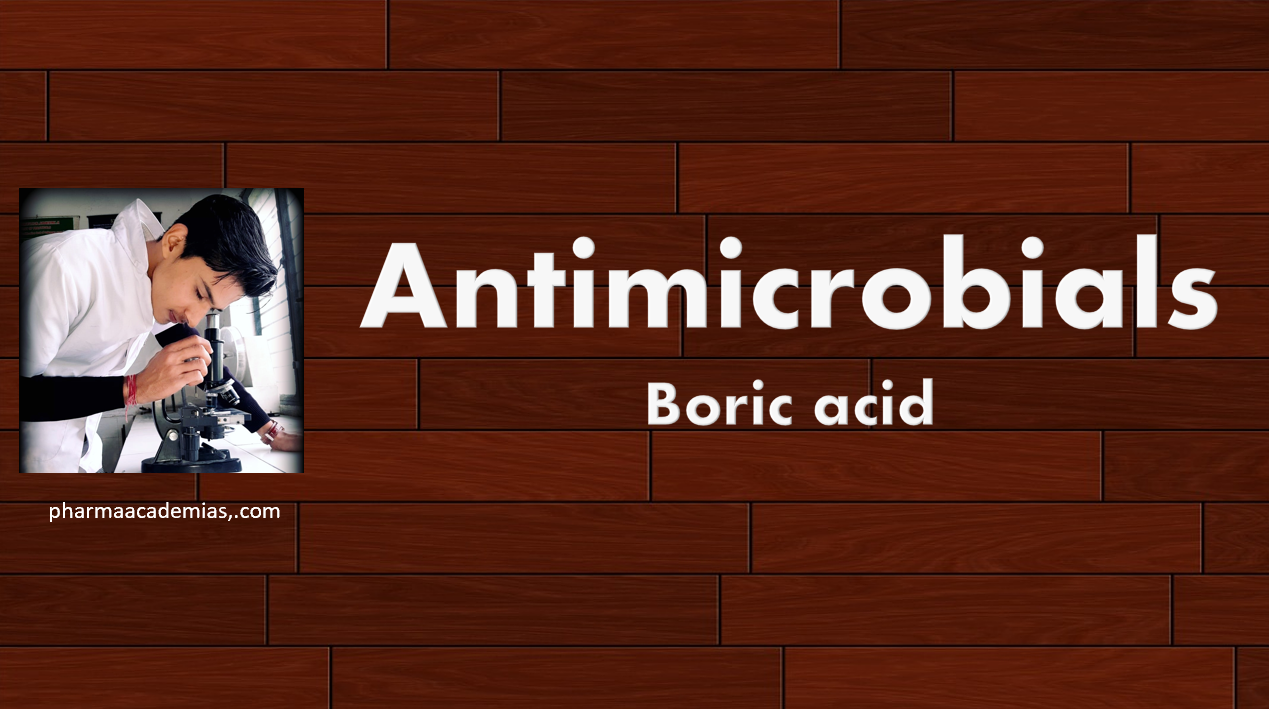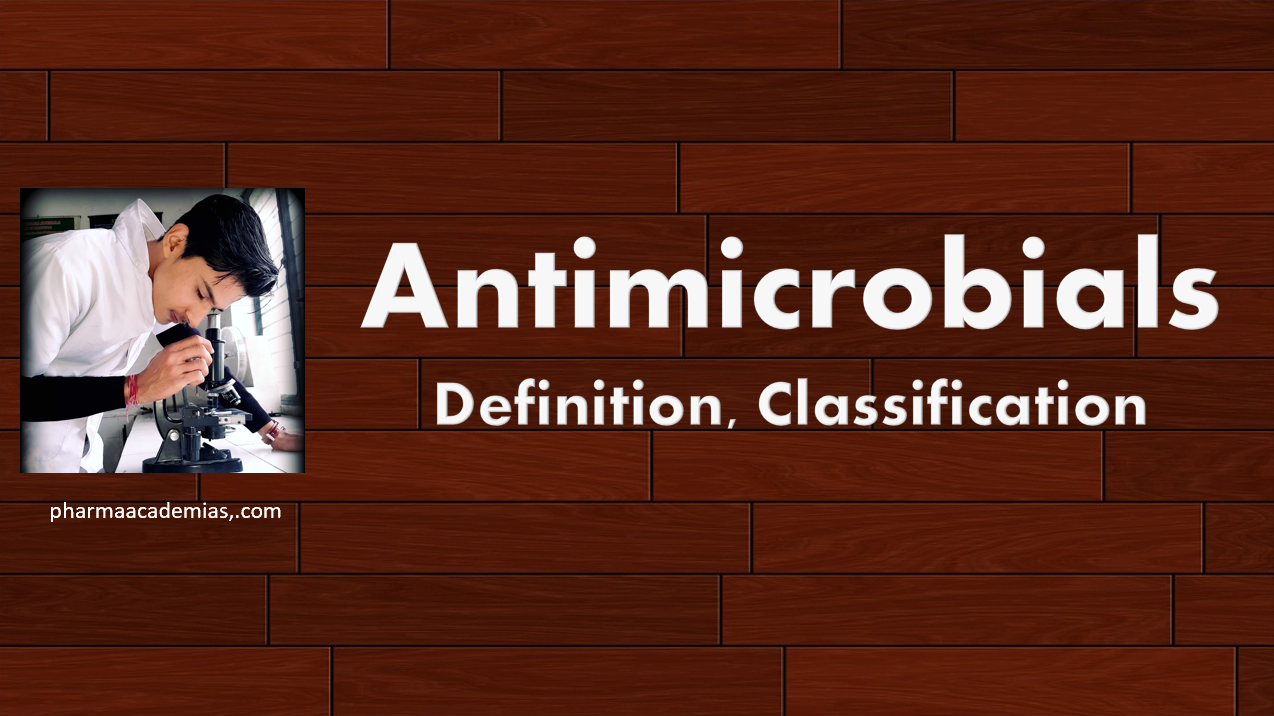Iodine as Antimicrobial and Its Preparations
Iodine is a chemical element with antiseptic properties, making it effective against various microorganisms. It has been used for its antimicrobial benefits in different forms for medical and industrial applications. Antimicrobial Properties 1. Bactericidal: Iodine is effective against various bacteria, including grampositive and gramnegative species. 2. Virucidal: It has antiviral properties and can be effective … Read more










